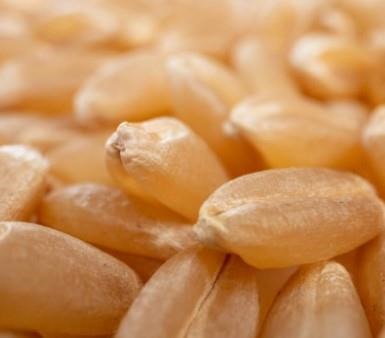By Monica Hugh
While the recent spike in the cost of fresh produce and other food items can be attributed to the covid19 pandemic and Russia-Ukraine war, consumers are also being asked to consider the role of climate change in these rising costs.
In a recent interview, climate specialist Ryan Assiu said people may be aware that extreme weather events associated with climate change – extreme rainfall, droughts and temperature changes – can affect agriculture and food production.
But he explained the phenomenon also indirectly affects agricultural activities.
A changing climate alters ecosystems which can lead to an increase in pests and a proliferation of crop diseases.
Given the correlation between climate and agriculture, Assiu said there is a need to increase the resiliency of farmers.

Consumers are being asked to be mindful of the role climate change plays in rising food prices. Photo Couresty: Piero Di Maria from Pixabay
The effects of climate change on Guyanese farmers
Even though climate change is a global issue, small island developing states (SIDs) like Guyana are more vulnerable to its effects due to their geographic characteristics and economic vulnerabilities.
Guyanese farmer Devon Mc Kenzie agrees with Assiu and said the effects of climate change on Guyana’s East Bank have been noticeable in the past several years.
With farmlands in Guyana’s Good Success region and Friendship Village, Mc Kenzie explained torrential rain often causes extensive flooding in the area due to insufficient drainage.
He added pests have also become a threat to the productivity and profitability of his agricultural activities especially during floods.
Click here to see more...